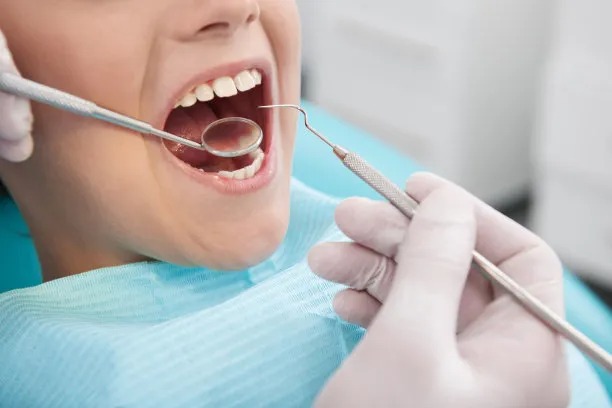Revolutionizing Smiles Through Advanced Dental Implant Treatments for Lasting Functionality and Aesthetic Appeal
Summary: Dental implant treatments have transformed the practice of restorative dentistry, offering patients not only lasting functionality but also excellent aesthetic appeal. This article explores four key areas increasingly revitalizing patients’ smiles: innovative technology, personalized treatment plans, enhanced recovery methods, and long-term maintenance strategies. Each aspect showcases how modern dental practices are committed to delivering superior care that meets both functional and aesthetic needs. Patients can now enjoy a seamless transition to beautiful, fully functional smiles through these advanced treatments, which enhance overall quality of life.
1. Cutting-Edge Technology in Dental Implants

Advancements in technological methods have revolved around dental implants, making the process less invasive and more accurate. Digital imaging techniques such as 3D scans allow dentists to create precise models of a patient’s mouth, which aids in crafting tailor-made implants. This plays a crucial role in determining the ideal placement of the implant, ensuring optimal results.
Moreover, the introduction of computer-guided surgery has enabled practitioners to perform implant procedures with increased precision. This technology minimizes the risk of complications and helps reduce the duration of the procedure, which is a critical factor for patients who may feel anxious about dental appointments.
Additionally, the advancements in material science have led to the development of biocompatible materials used for implants. These materials not only enhance integration with existing bone but also provide improved durability, effectively contributing to the longevity of the implants.
2. Personalized Treatment Plans for Every Patient
Recognizing that every patient has unique dental needs is essential in delivering effective dental care. Customization begins with comprehensive evaluations, which include reviewing medical history and conducting thorough examinations. This process helps create a focused treatment plan tailored to the individual’s requirements, enhancing comfort and overall satisfaction.
Furthermore, the collaboration between dental professionals, including oral surgeons and prosthodontists, ensures that each aspect of the treatment aligns with the patient’s desired outcomes. This teamwork allows for diverse options, from the type of implant used to aesthetic considerations such as tooth shape and shade, ultimately ensuring that patients are not just receiving a functional solution but an attractive one as well.
The significance of communication cannot be understated; maintaining an open dialogue with patients empowers them to be active participants in their treatment choices. This involvement fosters trust and confidence in the care process, enhancing the final results.
3. Enhanced Recovery and Comfort Techniques
Recovery following dental implant surgery has improved significantly, with many practices adopting advanced pain management and comfort techniques. Preoperative consultations evaluate patients comfort levels, which establish appropriate sedation and pain-relief options tailored to individual needs.
Post-surgery care has also evolved, with practices providing detailed aftercare instructions and support to ensure a smooth recovery process. Following anesthesia protocols, patients can expect reduced discomfort, which further alleviates anxiety and fosters a positive experience.
The role of technology, such as laser therapy, has emerged as a complementary tool that accelerates healing by reducing inflammation and promoting tissue regeneration. This integration not only speeds up the recovery but minimizes postoperative complications, leading to higher patient satisfaction.
4. Long-Term Maintenance for Your Dental Implants
Successful dental implant treatments extend beyond the initial placement and recovery; they encompass a long-term maintenance strategy that ensures functionality and aesthetics over the years. Regular dental check-ups are vital for monitoring the condition of the implants and surrounding tissues, preventing potential issues before they arise.
Educational resources provided by dental practices help empower patients to care for their implants adequately. Understanding proper brushing and flossing techniques is crucial in maintaining good oral hygiene, thus safeguarding dental health and implant longevity.
Moreover, the role of lifestyle choices, such as diet and tobacco use, is emphasized in discussions about maintaining implants. Practices often recommend healthier choices that can enhance overall health and benefit the longevity of dental implants, creating a comprehensive approach to patient care.
Summary:
Advancements in dental implant treatments signify a transformative approach to restorative dentistry, combining innovative technology, personalized care, enhanced recovery, and diligent maintenance strategies. Together, these elements lead to improved patient outcomes, providing functional and aesthetic enhancements that significantly impact life quality.
In the evolving landscape of dental care, embracing these revolutionary practices continues to empower patients, helping them regain confidence through beautiful, lasting smiles.
This article is compiled by Vickong Dental and the content is for reference only.



